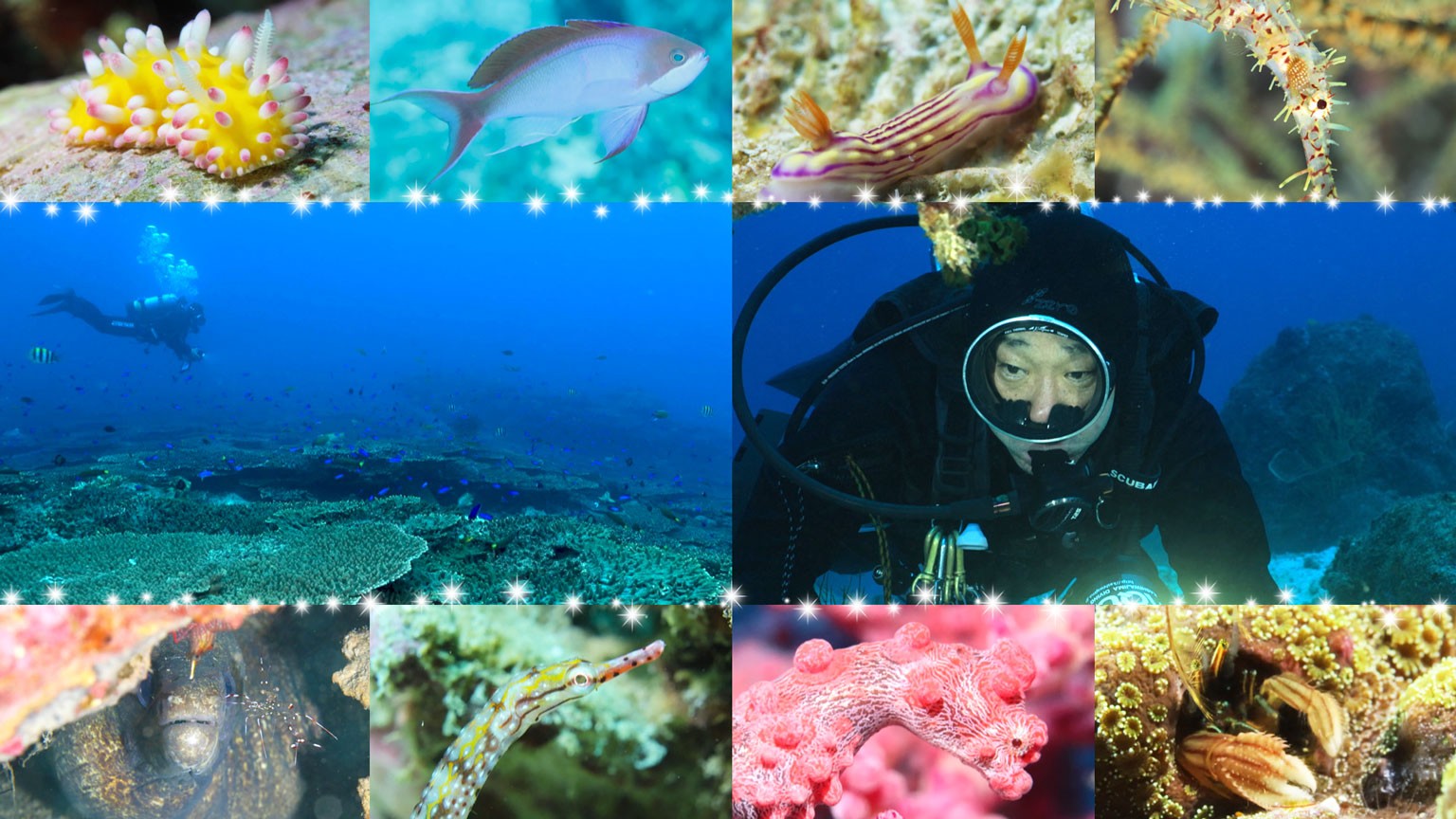The warm Kuroshio Current meets the cold water from the Seto Inland Sea, so divers can find creatures in both temperate and subtropical zones near Kashiwa Island. In fact, Kashiwa Island is home to more than 1,300 species, about one-third of the fish confirmed in Japan, and is said to be a paradise for sea creatures.
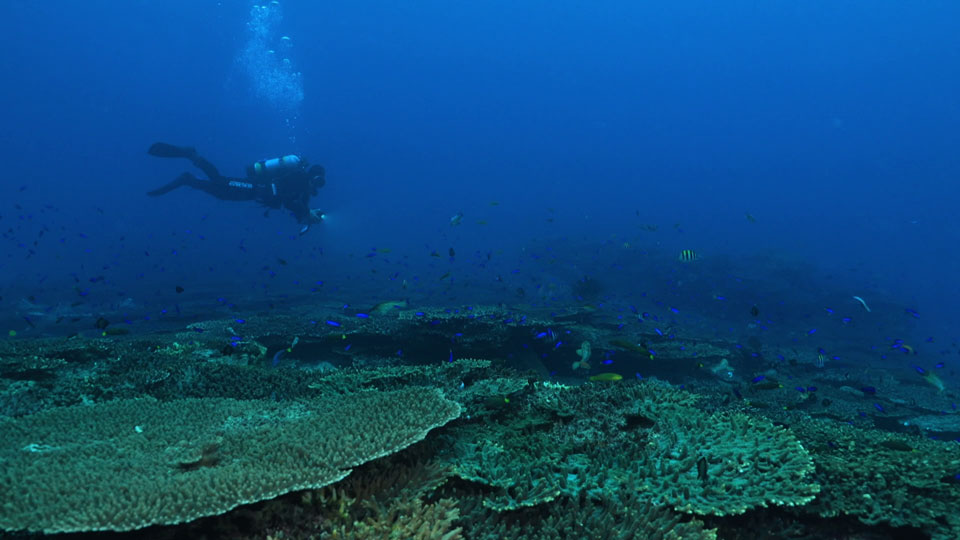
The winter sea brings unique scenery
Dive into the sea to join another world. The guide is Matsuno Kazushi, a diving guide and expert on Kashiwa Island for 23 years. Matsuno is one of the divers fascinated by the diversity of creatures living near the island.
"When the summer fish are over, and the winter fish are just about to come, nudibranchs come out, and the number of shrimp crabs increases."
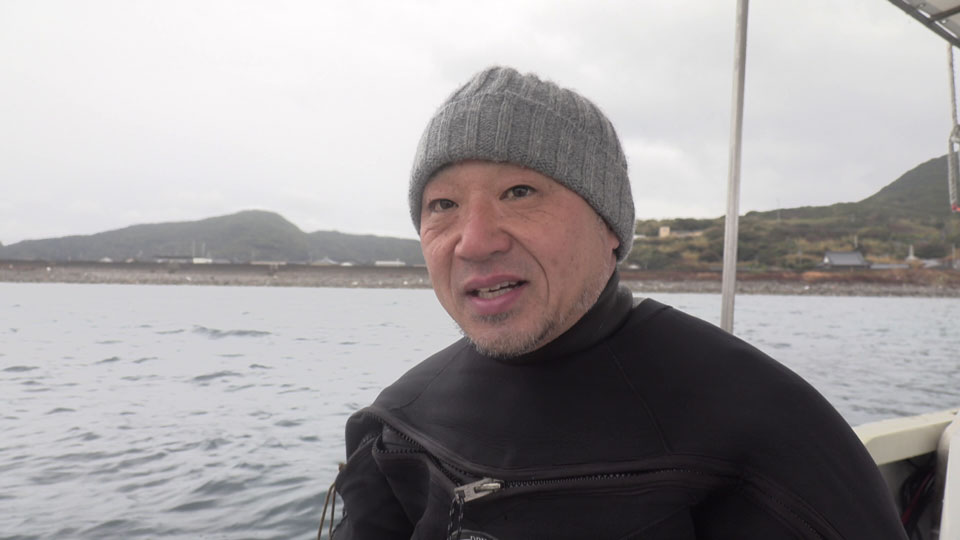
Creatures associated with the year of the dragon
Matsuno showed us the creatures unique to this year, which according to the Chinese zodiac sign is the year of the dragon.
We headed to the seabed at a depth of 27 meters. Matsuno stopped moving before a vast coral more than 1 meter high.
A member of the coral family with bright purple branches and sea fans. Among the intertwined branches, a creature hides. I thought the branch had moved, but its movement was caused by what was hiding – a pygmy seahorse, a companion of Hippocampus.
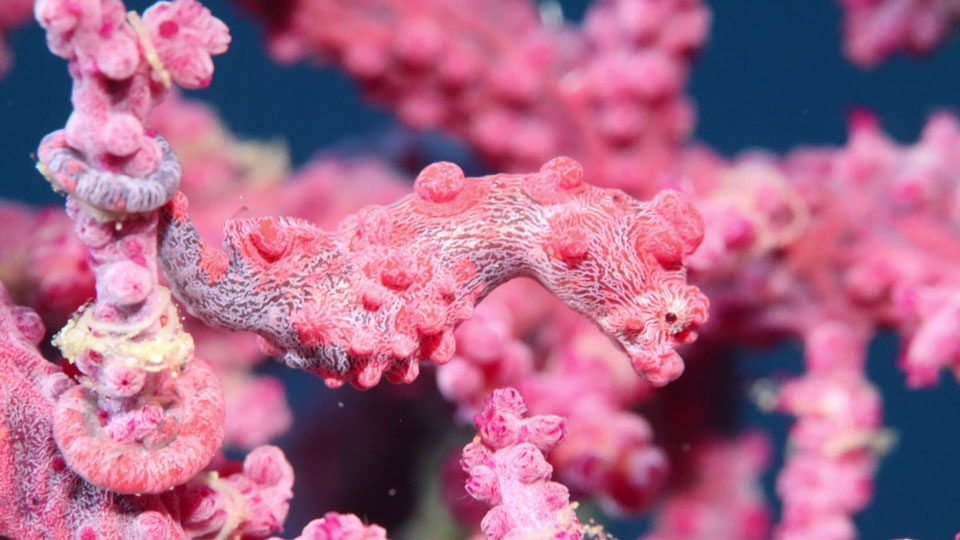
On the seabed, at a depth of 10 meters, the next thing we found was Dactylopus dactylopus, which is characterized by its bright blue belly fin. Overseas, it is called "Dragonet," which means "little dragon." It is characterized by moving as if walking on sandy ground.
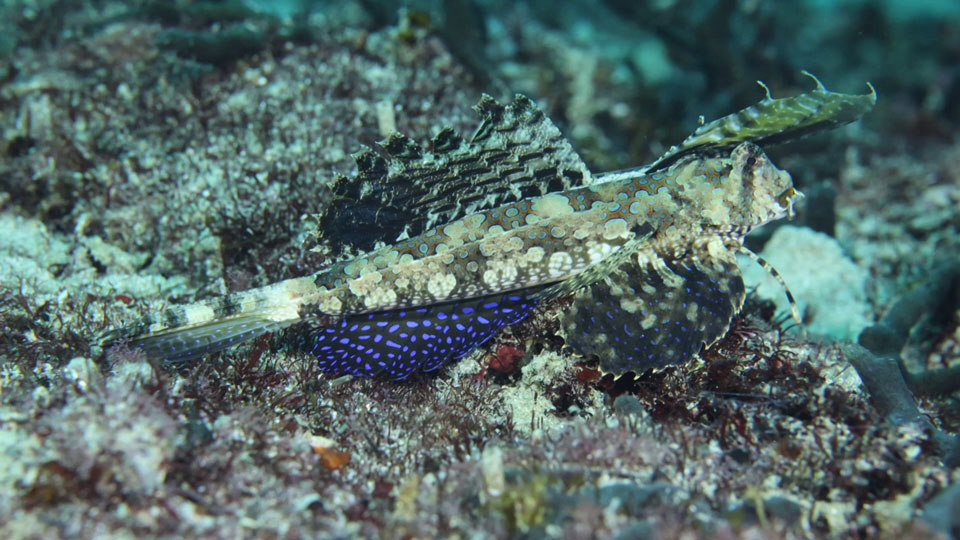
The Solenstomus paradoux, also known as the ghost pipefish, whose elongated mouth is reminiscent of a dragon, hides itself with many spines called "flaps" that resemble the coral around it.

Creatures that are good at hide-and-seek
In winter, the water temperature drops, and plankton becomes low, making it more challenging to look for sea life than in summer. The water temperature on the day of shooting was about 20 degrees Celsius.
After a few minutes of navigating through the seemingly empty sea, Matsuno's experience and knowledge, gained in more than 10,000 dives in the sea of Kashiwa Island over 23 years, create encounters with various creatures.
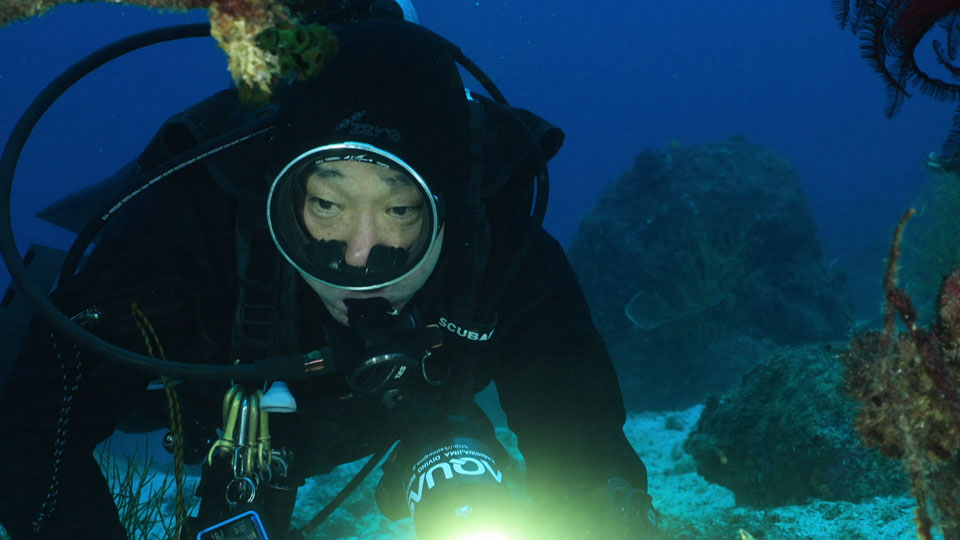
Illuminated by the light of the underwater lights, it was Cestum amphitrites, a member of the jellyfish family. It is about 30 centimeters long and can only be seen during this time of winter. Overseas, it is called the Venus's-girdle, and its mysterious appearance is popular with divers.
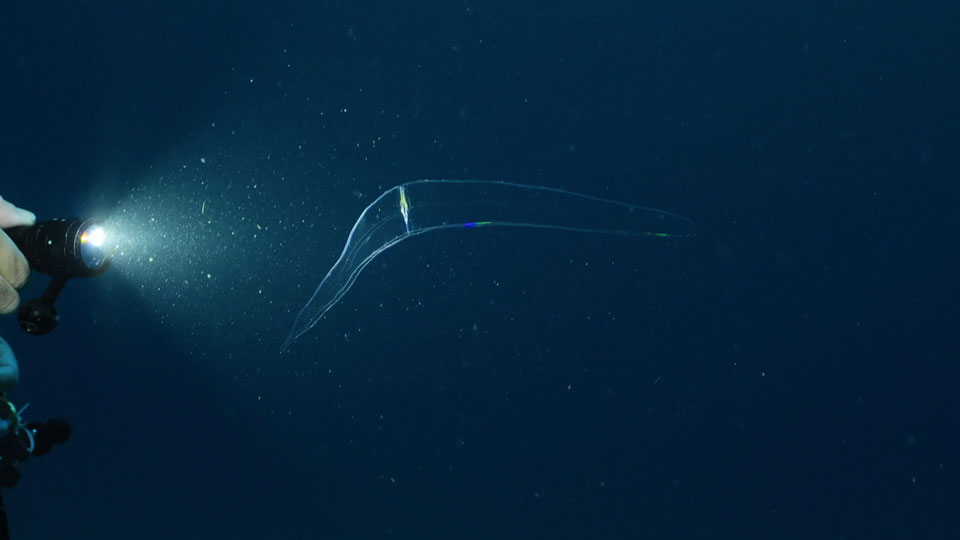
Moving to the seabed at a depth of 10 meters, Matsuno began to look up where the torn seaweed had accumulated. Then something popped out of the seaweed.
It was a member of the tiny shrimp family, Phycocaris simulans, also known as the hairy shrimp. Its size is no more than 1 centimeter. Hairy shrimps hide themselves by matching the color of the fur covering their bodies to the color of their surroundings.
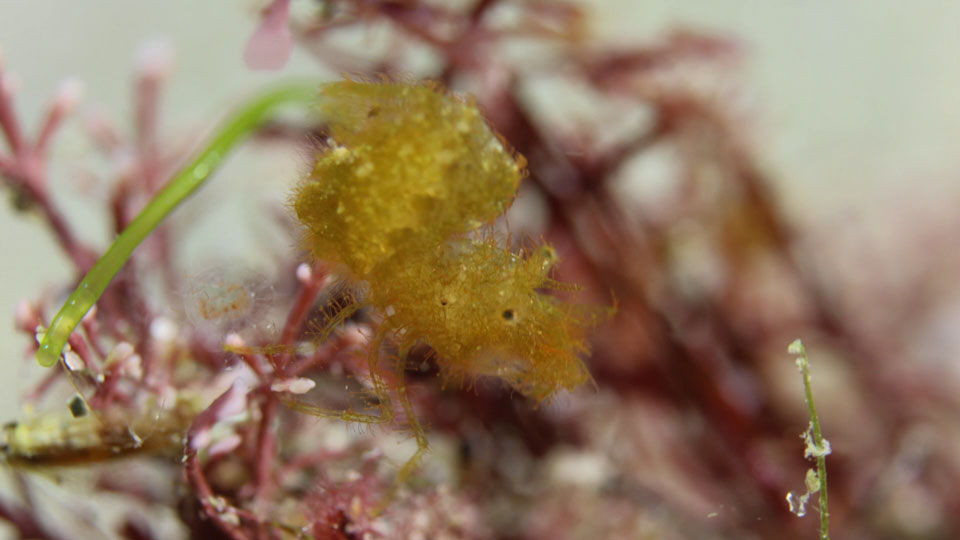
Matsuno says that he wants to bring out the charm of Kashiwa Island even more through the appearance of the creatures.
"It's a fun adventure to look at various magazines and picture books and find out where they are and the background. The splendor of the sea in Kochi is one of the best in the world, so I would like to show it to many people," Matsuno says.
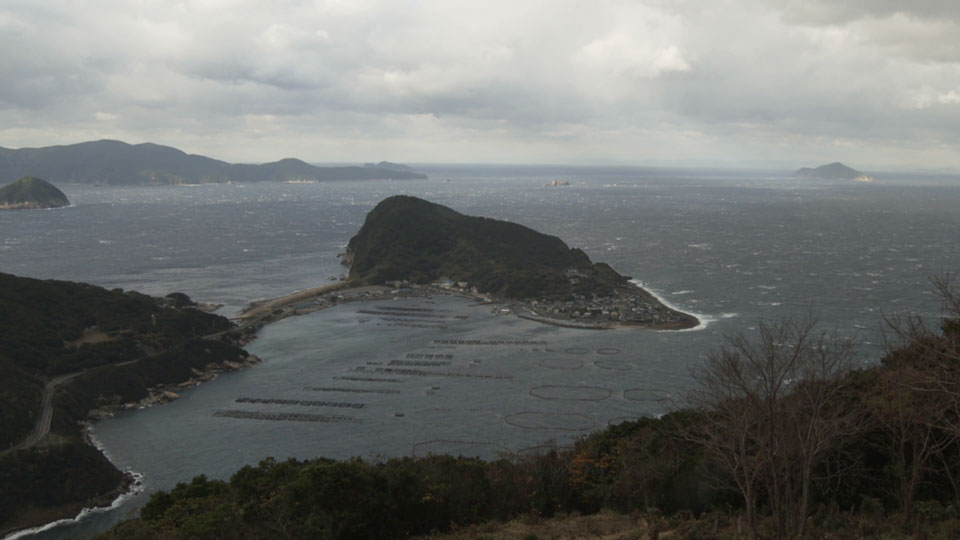
The sea of Kochi around Kashiwa Island nurtures a rich ecosystem. It is a small island on the edge of Shikoku, and it takes a little time to access, but like a jewel box, there is joy when you see it.
Starting this year, Kochi prefecture is encouraging visitors to get out to see more of its captivating countryside attractions. According to its international tourist division, popular visitor sites include Hirome Market, Katsurahama Beach and Makino Botanical Garden. A Kochi official says the prefecture aims to implement tourism measures that allow visitors to even better enjoy the charms of nature there. According to preliminary figures from the Japan Tourism Agency, around 130,000 foreign tourists visited Kochi Prefecture in 2023 — about 35% higher than in 2019 before the pandemic.
